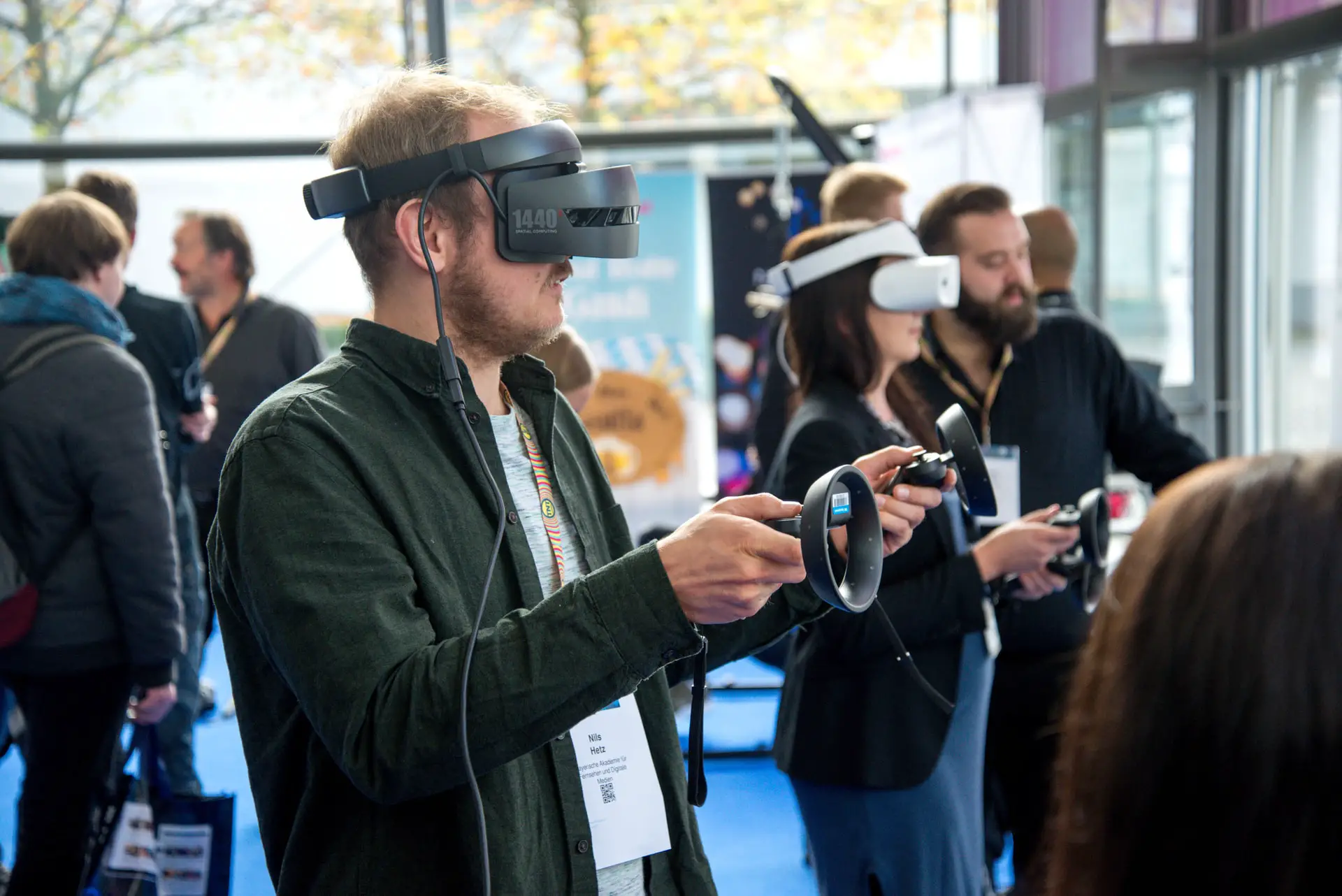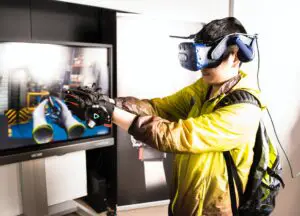Many of us thought that by 2020 we would be going around in flying cars while our various automated servants cleaned up our living spaces, though, in reality, we got more photography drones and a pandemic. However, many innovations made popular this year are at the vanguard of technological advancement and are much more remarkable than our expectations would lead us to believe. In our present-day, virtual reality and its sister technologies, augmented reality and mixed reality, are at the forefront of technology in creating completely innovative ways for average users to experience and relate to the world around them. On the other hand, as these innovations are still new, most people are not acquainted with all the differences between each group. This should not be totally surprising, as they are only just starting to hit the market in a few of the most advanced and forward-thinking companies; all the same, the nuances that exist right now will only turn out to be more significant as time moves forward. As a result, getting a comprehension of the details now is a good way to stay ahead.
Virtual Reality
In a nutshell, virtual reality looks to fashion a wholly immersive experience for users that comes as close as possible to real life. Using headsets that move with the user in real space to provide 360-degree vision, coupled with high fidelity sound and motion controls that give as much dexterity as possible, VR technology allows its users to have an experience they would have never thought possible. The Oculus Rift is one of the few commercial examples that use VR technology. It allows video gamers to explore their game worlds of fantasy and science fiction. It Builds on the gaming industry’s developments over the last decade and provides an immersive, seamless experience.
Augmented Reality
The key distinction between virtual reality and augmented reality is that augmented reality is still grounded in the real physical world surrounding the user; it only incorporates data overlays, providing better insights. These virtual data displays cannot interact with the environment, but they provide a background element that can help understand it. An example of augmented reality in recent news is the immensely successful mobile app, Pokémon Go. The app uses the cameras on mobile devices in conjunction with geolocation technology to turn the player’s immediate environment into a gaming field that boosts players’ exploration and discovery.
Mixed Reality
A mixed-reality distinguishes itself in the joining together of both reality and the virtual world into a hybrid. As the corporeal environment surrounding the user changes in response to his actions, the software spontaneously updates and responds and provides fresh and updated information.
Follow us on LinkedIn
Read other Articles





